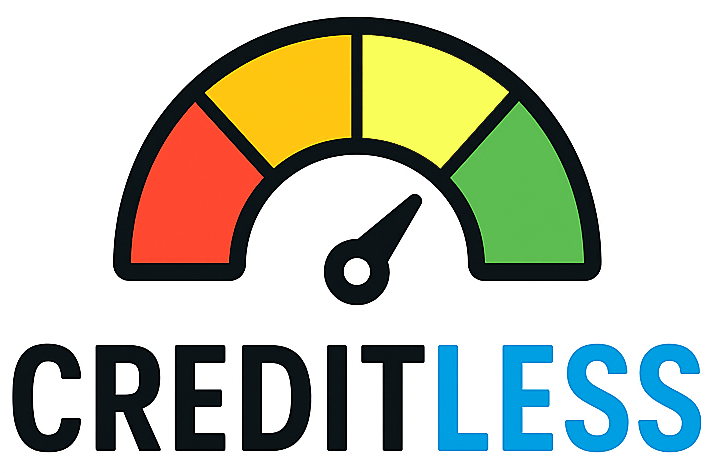Why checking your credit report matters — and where to start
Your credit report is the ledger lenders, landlords and many employers consult to make decisions about you. Mistakes — from wrong addresses to accounts you never opened — can lower your score, raise your borrowing costs, or block opportunities. Get the official free reports first: you’re entitled to copies from Equifax, Experian and TransUnion through AnnualCreditReport.com.
Errors are common: investigations and consumer surveys show a meaningful share of reports contain mistakes, and some groups have trouble accessing reports online — which makes regular checks important.
This article explains what to look for, how to collect proof, the proper dispute steps, timelines to expect, and how to protect yourself if you find signs of identity theft.
What to look for: common inaccuracies and red flags
When you read each bureau’s report, check the following areas carefully:
- Personal information — name variations, old addresses, phone numbers, or incorrect Social Security numbers.
- Accounts you don’t recognize — accounts, loans or credit cards you never opened (a strong sign of identity theft).
- Payment history errors — late payments listed when you paid on time, or payments recorded at the wrong date.
- Incorrect balances or credit limits — wrong outstanding balance, status (open vs. closed), or duplicate accounts.
- Collection accounts and charge-offs — verify dates, original creditor and amounts; these have major score impact.
- Public records and bankruptcies — ensure dates and types are correct; bankruptcies have specific reporting time limits.
For examples and a checklist to help you spot these issues, the Consumer Financial Protection Bureau and the FTC provide practical guidance on typical credit-report mistakes and how to identify them.
How to dispute an error — step by step
- Get and copy the reports. Pull reports from each bureau (they won’t always contain the same items). Mark or highlight the exact items you dispute.
- Gather supporting documents. Bank statements, billing statements, payment confirmations, ID documents, police reports (if identity theft), and any correspondence that proves the entry is wrong.
- File the dispute with the credit bureau. Start by disputing with the bureau that lists the error (online, by phone, or by mail). Explain clearly what’s wrong and include copies (not originals) of supporting documents. Keep copies of everything you send. The CFPB and FTC recommend including the specific account number and a concise explanation.
- Also contact the furnisher. Send a dispute to the company that provided the information (creditor, collection agency, lender). Furnishers generally must investigate and respond — and if they correct an error, they must notify the bureaus.
- Expect and track timelines. A credit reporting company generally must investigate within 30 days of receiving your dispute and notify you of the results; under certain conditions (for example, disputes submitted after obtaining an annual free report or when you submit new information during the investigation) the bureau may take up to 45 days. You should receive notice of the results and a free updated report if the dispute leads to a change. Keep records of dates you filed and received responses.
- If the bureau won’t remove the error. You can ask that a statement of the dispute be included in your file and in future reports. If you still disagree, you may: (a) re-submit additional proof to the furnisher and bureaus, (b) send a complaint to the CFPB, or (c) consider small-claims or legal options in rare cases. The CFPB provides sample letters and a complaint portal.
Practical tips: Send mailed disputes by certified mail with return receipt if you need proof the bureau or furnisher received them. Never pay to dispute: you can do this yourself at no cost.
After the dispute: monitor, protect, and prevent future problems
If the error is corrected, confirm the change on all three reports and save copies of the confirmation. If it’s not corrected and you still believe it’s wrong, attach a short consumer statement to your file and continue to press the furnisher for correction. You can also submit a complaint to the CFPB if you believe the investigation was handled improperly.
Consider identity‑theft protections: if you find accounts opened in your name or other signs of fraud, file a report at IdentityTheft.gov and then place a fraud alert or credit freeze with the bureaus. A fraud alert asks businesses to verify your identity before issuing new credit; a credit freeze prevents most lenders from accessing your credit report until you lift the freeze — both are free and are described in detail by the FTC and CFPB.
Ongoing monitoring: run periodic checks (stagger the three free annual reports or use a trusted monitoring product), set up account alerts with banks and cards, and use secure passwords and two‑factor authentication to reduce breach risk.
Final checklist: (1) pull reports from AnnualCreditReport.com, (2) highlight errors, (3) gather proof, (4) dispute with bureau and furnisher, (5) track the 30‑ to 45‑day timeline, (6) escalate to CFPB if needed, and (7) use freezes/fraud alerts for identity‑theft concerns.
Spotting and fixing credit report inaccuracies is one of the highest‑impact actions you can take to protect your finances. If you need templates, sample letters and step‑by‑step checklists, see the CFPB and FTC consumer pages linked above — they provide ready‑to‑use resources.
